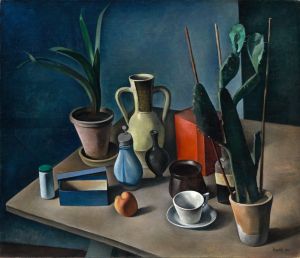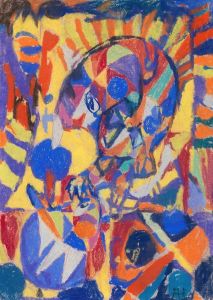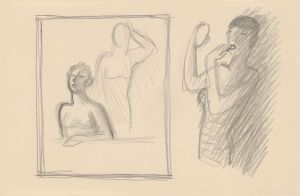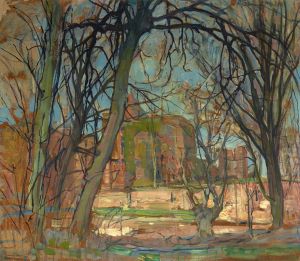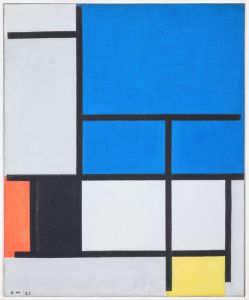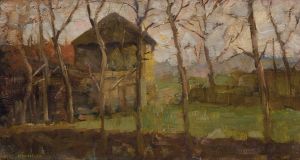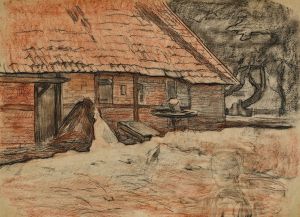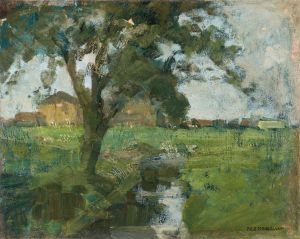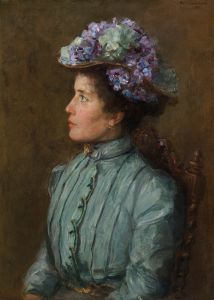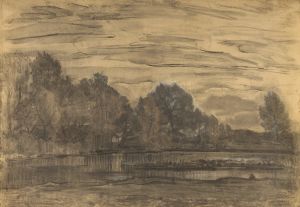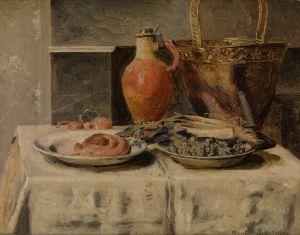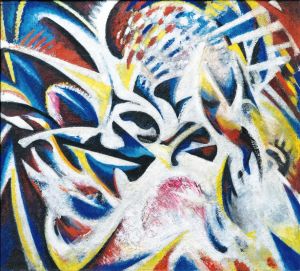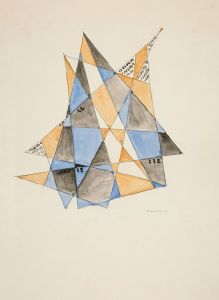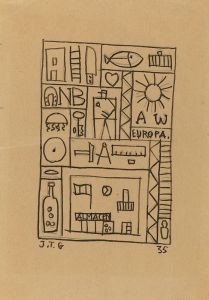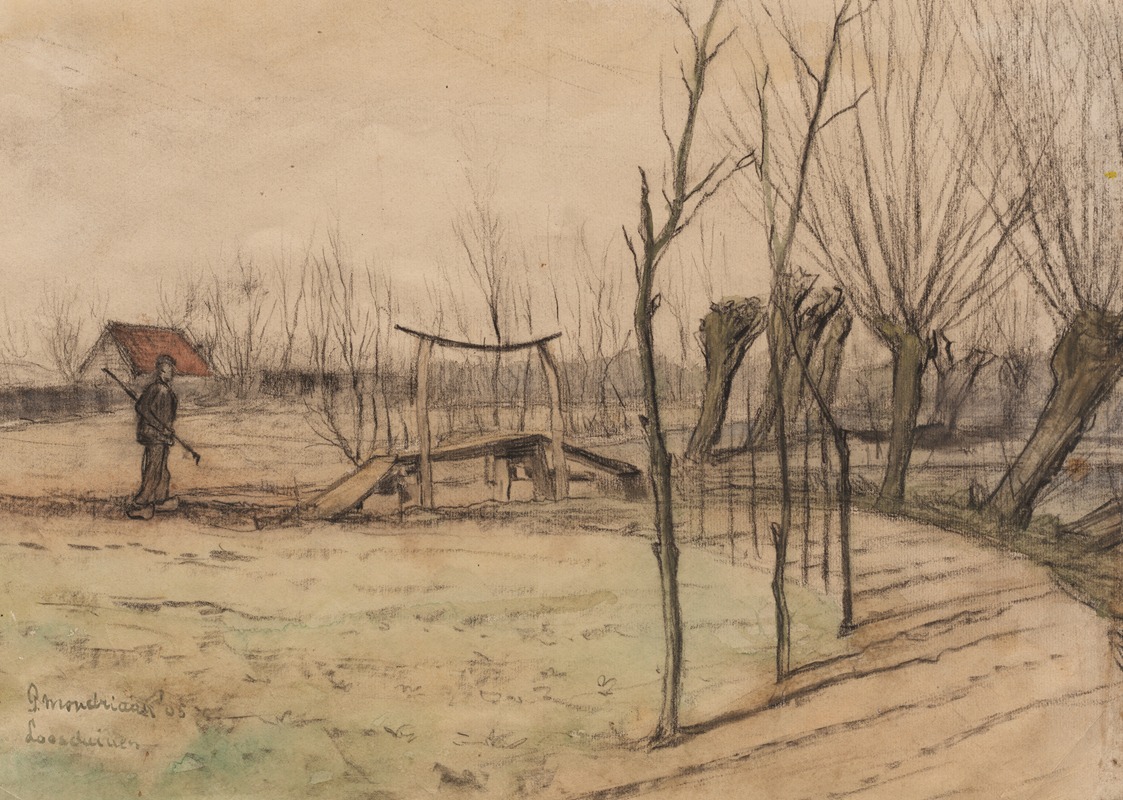
Landscape at Loosduinen
A hand-painted replica of Piet Mondrian’s masterpiece Landscape at Loosduinen, meticulously crafted by professional artists to capture the true essence of the original. Each piece is created with museum-quality canvas and rare mineral pigments, carefully painted by experienced artists with delicate brushstrokes and rich, layered colors to perfectly recreate the texture of the original artwork. Unlike machine-printed reproductions, this hand-painted version brings the painting to life, infused with the artist’s emotions and skill in every stroke. Whether for personal collection or home decoration, it instantly elevates the artistic atmosphere of any space.
"Landscape at Loosduinen" is a painting by the renowned Dutch artist Piet Mondrian, created in 1909. Mondrian is best known for his abstract works and contributions to the De Stijl art movement, which emphasized simplicity and abstraction. However, "Landscape at Loosduinen" is an example of his earlier work, which was more representational and rooted in the natural world.
During the early stages of his career, Mondrian's style was influenced by the prevailing trends of the time, including Impressionism and Post-Impressionism. His work from this period often depicted natural scenes, such as landscapes, trees, and rivers, with a focus on capturing the essence of the Dutch countryside. "Landscape at Loosduinen" is a testament to this phase of his artistic development, showcasing his ability to blend naturalistic representation with an emerging interest in abstraction.
The painting depicts a serene landscape in Loosduinen, a district in The Hague, Netherlands. This area was known for its picturesque scenery, which provided ample inspiration for artists seeking to capture the tranquility and beauty of the Dutch landscape. In "Landscape at Loosduinen," Mondrian employs a muted color palette, using soft greens, blues, and earth tones to convey the peacefulness of the scene. The composition is balanced and harmonious, reflecting Mondrian's early interest in the underlying structure and order of nature.
While the painting is representational, it also hints at Mondrian's future exploration of abstraction. The brushwork is loose and expressive, suggesting a departure from strict realism. This approach allows Mondrian to emphasize the emotional and spiritual qualities of the landscape, rather than merely its physical appearance. This tendency towards abstraction would later become a defining characteristic of his work, as he moved towards the geometric compositions for which he is best known.
"Landscape at Loosduinen" is significant not only for its aesthetic qualities but also for its place in Mondrian's artistic evolution. It represents a transitional period in his career, as he began to move away from traditional representation and towards a more abstract and theoretical approach to art. This shift was influenced by various factors, including Mondrian's interest in theosophy and his desire to express universal truths through art.
The painting is part of the collection at the Gemeentemuseum Den Haag (now known as Kunstmuseum Den Haag) in The Hague, which houses an extensive collection of Mondrian's works. This museum is renowned for its comprehensive representation of Mondrian's artistic journey, from his early landscapes to his later abstract compositions. "Landscape at Loosduinen" offers viewers a glimpse into the formative years of an artist who would go on to become one of the most influential figures in modern art.
In summary, "Landscape at Loosduinen" is a key work in Piet Mondrian's oeuvre, illustrating his early engagement with landscape painting and his gradual shift towards abstraction. It captures the beauty of the Dutch countryside while foreshadowing the innovative artistic direction that Mondrian would later pursue.





